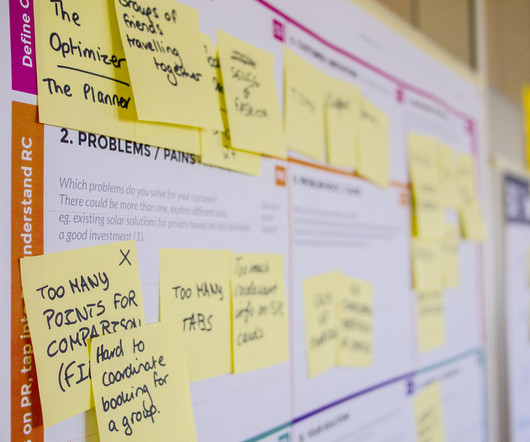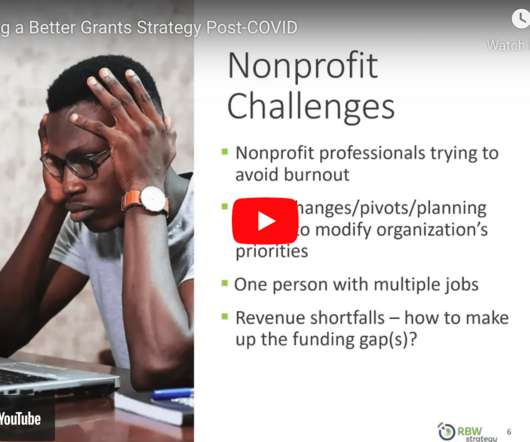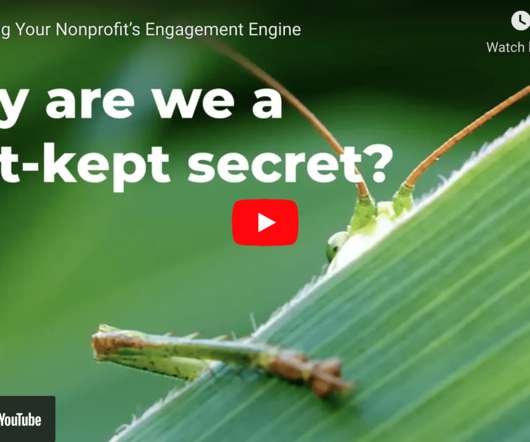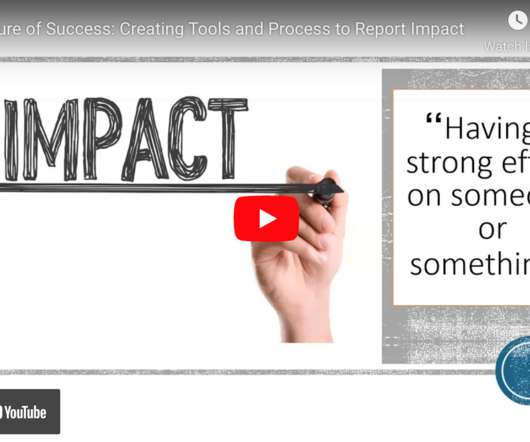The Unrecognized Risk of Status Quo Problem-Solving Skills for Grantmakers
sgEngage
MAY 25, 2023
The Funder’s Role in Risk Funders—by which I mean donors, foundations, impact investors, and government agencies that grant financial support—disincentivize risk in a few ways. Many funders want to wait to see how new models, programs, and leaders will perform, and they often require other funders to buy in before they will.


























Let's personalize your content